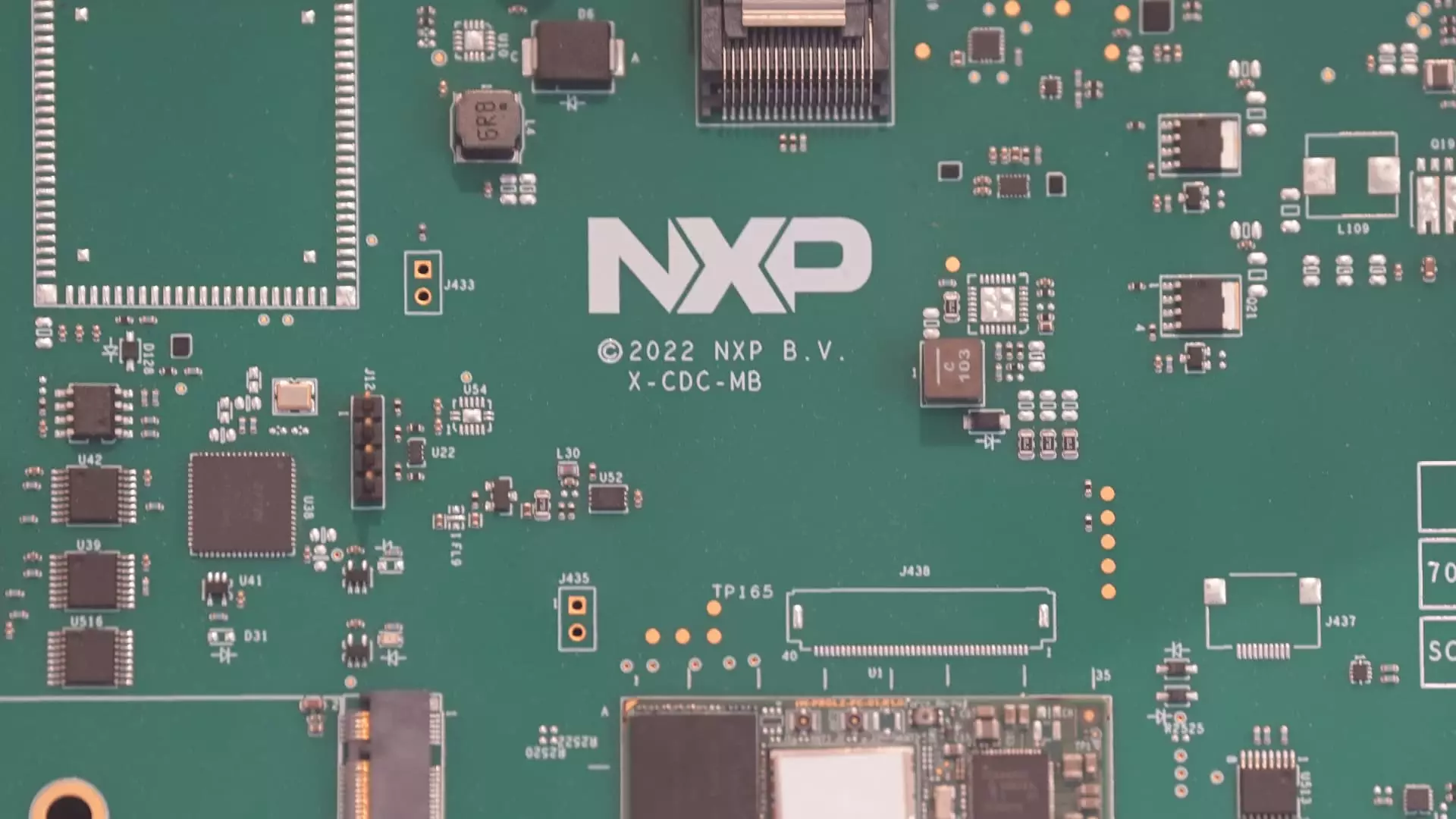The financial markets are often sensitive to developments in interest rates, particularly as set by the Federal Reserve. Last week, Federal Reserve Chair Jerome Powell announced a quarter-point interest rate cut, a move that was immediately followed by a bearish response in the stock markets. Despite the initial decline, the markets showed remarkable resilience by the end of the week, suggesting a complex relationship between monetary policy and investor sentiment. This article dissects these events and particularly examines how they impact key sectors, including technology and semiconductors.
On the day of Powell’s announcement, many investors reacted to the hawkish tone of his remarks, which overshadowed the positive aspect of the rate cut. The immediate fallout saw stock indexes, such as the Dow Jones Industrial Average, experience significant downturns. Powell’s comments seemed to indicate a cautious approach to future economic conditions, causing uncertainty among traders. This hesitance highlighted how nuanced investor psychology can be, where even favorable monetary actions can lead to market corrections if not communicated with reassuring language.
However, the narrative took a different turn on Friday when the stock market regained its footing, with the Dow surging nearly 500 points. This impressive recovery suggests that investor optimism can prevail even in the face of mixed signals from financial authorities. The rally appears to be largely driven by a phenomenon often referred to as the “Santa rally,” a seasonal market trend characterized by rising stock prices in the final weeks of the year. This bounce-back was further buoyed by renewed interests in specific sectors, primarily technology and semiconductors, which have shown promising growth trajectories in recent months.
Within the technology sector, Nvidia has emerged as a frontrunner, attracting considerable buying interest that signals potential strength for the semiconductor industry as a whole. Recognizing this trend, many investors are now turning their attention to additional semiconductor stocks, including NXP Semiconductors NV (NXPI). The company’s performance can act as a bellwether for the sector, offering insight into broader market trends and investment opportunities.
For investors looking at NXP Semiconductors, a technical assessment reveals several promising indicators. The Relative Strength Index (RSI), which gauges trend strength, recently turned upwards, suggesting a robust potential for recovery. Additionally, the Directional Movement Index (DMI) has shown signs of reversing a previous downward trajectory, indicating that the stock may transition into an upward trend. The price action is equally telling; NXPI appears to have established a strong support level, inferring that market sentiment towards the stock may be shifting positively.
In light of these bullish signals, a strategic approach to investing in NXPI could involve a bull call spread. For instance, executing a trade by purchasing a $210 call while simultaneously selling a $215 call offers limited risk with the potential for a lucrative reward. This strategy is effective for those anticipating continued momentum in NXPI, providing an opportunity to profit if the stock climbs above the $215 threshold by expiration.
While the initial response to the Federal Reserve’s rate cut may have caused turmoil, the subsequent market revival indicates that investor sentiment is capable of quickly shifting. With particular attention on promising sectors like technology and semiconductors, investors can find opportunities even amidst uncertainty. By utilizing technical analysis and strategic trading options, investors can be well-equipped to capitalize on market dynamics as they unfold. As always, prudent investors should consider personal financial circumstances and possibly consult with an advisor before pursuing specific strategies.
In sum, the intricate dance between economic policy decisions and market reactions underscores the importance of remaining informed and adaptable in the ever-evolving landscape of investing.

